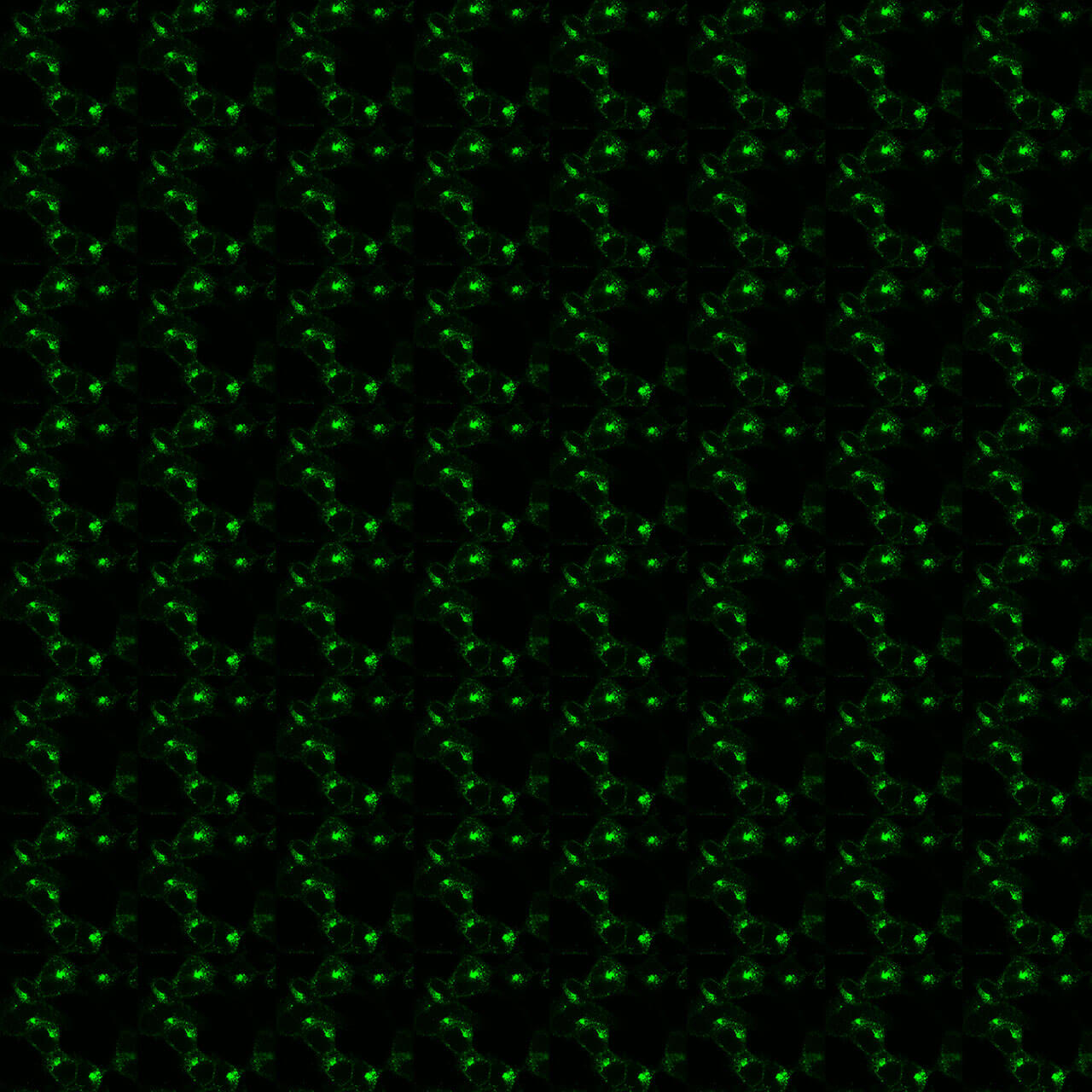No results were found for the filter!
NEW
KO-Validated
 mGPR20 (IHC-grade), G Protein-Coupled Receptor...
mGPR20 (IHC-grade), G Protein-Coupled Receptor... The GPR20 receptor antibody is directed against the distal end of the carboxyl-terminal tail of mouse GPR20. It can be used to detect total GPR20 receptors in Western blots independent of phosphorylation. The GPR20 antibody can also be...
$ 375.00 *
NEW
KO-Validated
 mC5a1 (IHC-grade), Complement C5a Receptor 1...
mC5a1 (IHC-grade), Complement C5a Receptor 1... The mouse C5a1 receptor antibody is directed against the distal end of the carboxyl-terminal tail of mouse and rat C5a1. It can be used to detect total C5a1 receptors in Western blots independent of phosphorylation. The mouse C5a1...
$ 375.00 *
NEW
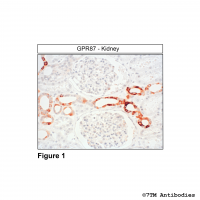 GPR87 (IHC-grade), G Protein-Coupled Receptor...
GPR87 (IHC-grade), G Protein-Coupled Receptor... The GPR87 antibody is directed against the distal end of the carboxyl-terminal tail of mouse, rat and human GRP87. It can be used to detect total GPR87 receptors in Western blots independent of phosphorylation. The GPR87 antibody can...
$ 375.00 *
Citations
NEW
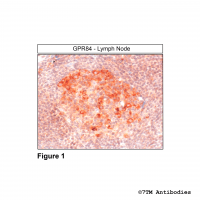 GPR84 (IHC-grade), G Protein-Coupled Receptor...
GPR84 (IHC-grade), G Protein-Coupled Receptor... The GPR84 antibody is directed against the distal end of the carboxyl-terminal tail of human GRP84. It can be used to detect total GPR84 receptors in Western blots independent of phosphorylation. The GPR84 antibody can also be used to...
$ 375.00 *
NEW
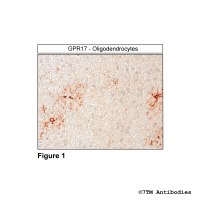 GPR17 (IHC-grade), G Protein-Coupled Receptor...
GPR17 (IHC-grade), G Protein-Coupled Receptor... The GPR17 antibody is directed against the distal end of the carboxyl-terminal tail of mouse, rat and human GRP17. It can be used to detect total GPR17 receptors in Western blots independent of phosphorylation. The GPR17 antibody can...
$ 375.00 *
NEW
 D2 (IHC-grade), Dopamine Receptor 2 Antibody
D2 (IHC-grade), Dopamine Receptor 2 Antibody The D2 receptor antibody is directed against the third intracellular loop of mouse, rat and human D2 dopamine receptor. It detects both the long and short form of D2. It can be used to detect total D2 receptors in Western blots...
$ 375.00 *
Citations
NEW
 C5a1 (IHC-grade), Complement C5a Receptor 1...
C5a1 (IHC-grade), Complement C5a Receptor 1... The C5a1 receptor antibody is directed against the distal end of the carboxyl-terminal tail of human Complement 5a Receptor 1. It can be used to detect total C5a1 receptors in Western blots independent of phosphorylation. The C5a1...
$ 375.00 *
NEW
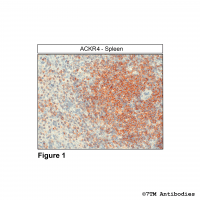 ACKR4 (IHC-grade), Atypical Chemokine Receptor...
ACKR4 (IHC-grade), Atypical Chemokine Receptor... The ACKR4 receptor antibody is directed against the distal end of the carboxyl-terminal tail of human Atypical Chemokine Receptor 4. It can be used to detect total ACKR4 receptors in Western blots independent of phosphorylation. The...
$ 375.00 *
NEW
 FLAG-Tag, Anti-FLAG Epitope Tag Antibody
FLAG-Tag, Anti-FLAG Epitope Tag Antibody The anti-FLAG tag antibody is directed against the sequence DYKDDDDK. The anti-FLAG antibody can be used to detect total receptors in Western blots independent of phosphorylation. The anti-FLAG tag antibody can also be used to isolate...
$ 150.00 *
Citations
 N/OFQ (IHC-grade), Nociceptin/Orphanin FQ Antibody
N/OFQ (IHC-grade), Nociceptin/Orphanin FQ Antibody The N/OFQ receptor antibody is directed against human Nociceptin/Orphanin FQ. The N/OFQ antibody can be used to detect N/OFQ in formalin-fixed, paraffin-embedded tissue sections by immunohistochemistry.
$ 350.00 *
Citations
 NPB (IHC-grade), Neuropeptide B Antibody
NPB (IHC-grade), Neuropeptide B Antibody The NPB antibody is directed against human Neuropeptide B. The NPB antibody can be used to detect Neuropeptide B in formalin-fixed, paraffin-embedded tissue sections by immunohistochemistry.
$ 350.00 *
Citations
 NPS (IHC-grade), Neuropeptide S Antibody
NPS (IHC-grade), Neuropeptide S Antibody The NPS antibody is directed against human Neuropeptide S. The NPS antibody can be used to detect Neuropeptide S in formalin-fixed, paraffin-embedded tissue sections by immunohistochemistry.
$ 350.00 *
Citations
KO-Validated
 FFA2 (IHC-grade), FFA2 Receptor Antibody
FFA2 (IHC-grade), FFA2 Receptor Antibody The FFA2 receptor antibody is directed against the distal part of the carboxyl-terminal tail of human FFA2. It can be used to detect total FFA2 receptors in Western blots independent of phosphorylation. The FFA2 antibody can also be used...
$ 375.00 *
NEW
 S1P1 (IHC-grade), Sphingosine 1-Phosphate...
S1P1 (IHC-grade), Sphingosine 1-Phosphate... The non-phospho-S1P1 receptor antibody is directed against the distal end of the carboxyl-terminal tail of human S1P1. It also detects S1P1 in cultured cells and tissue sections by immunohistochemistry. It can be used to detect total...
$ 375.00 *
NEW
 GPR183 (IHC-grade), Oxysterol Receptor Antibody
GPR183 (IHC-grade), Oxysterol Receptor Antibody The non-phospho-GPR183 receptor antibody is directed against the distal end of the carboxyl-terminal tail of human GPR183. It also detects GPR183 in cultured cells and tissue sections by immunohistochemistry. It can be used to detect...
$ 375.00 *
Citations
KO-Validated
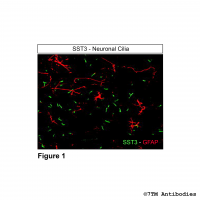 mSST3 (IHC-grade), Somatostatin Receptor 3...
mSST3 (IHC-grade), Somatostatin Receptor 3... The mouse SST3 antibody is directed against the distal end of the carboxyl-terminal tail of mouse and rat Somatostatin Receptor 3. It can be used to detect total SST3 receptors in Western blots independent of phosphorylation. The SST3...
$ 375.00 *
Recently viewed

